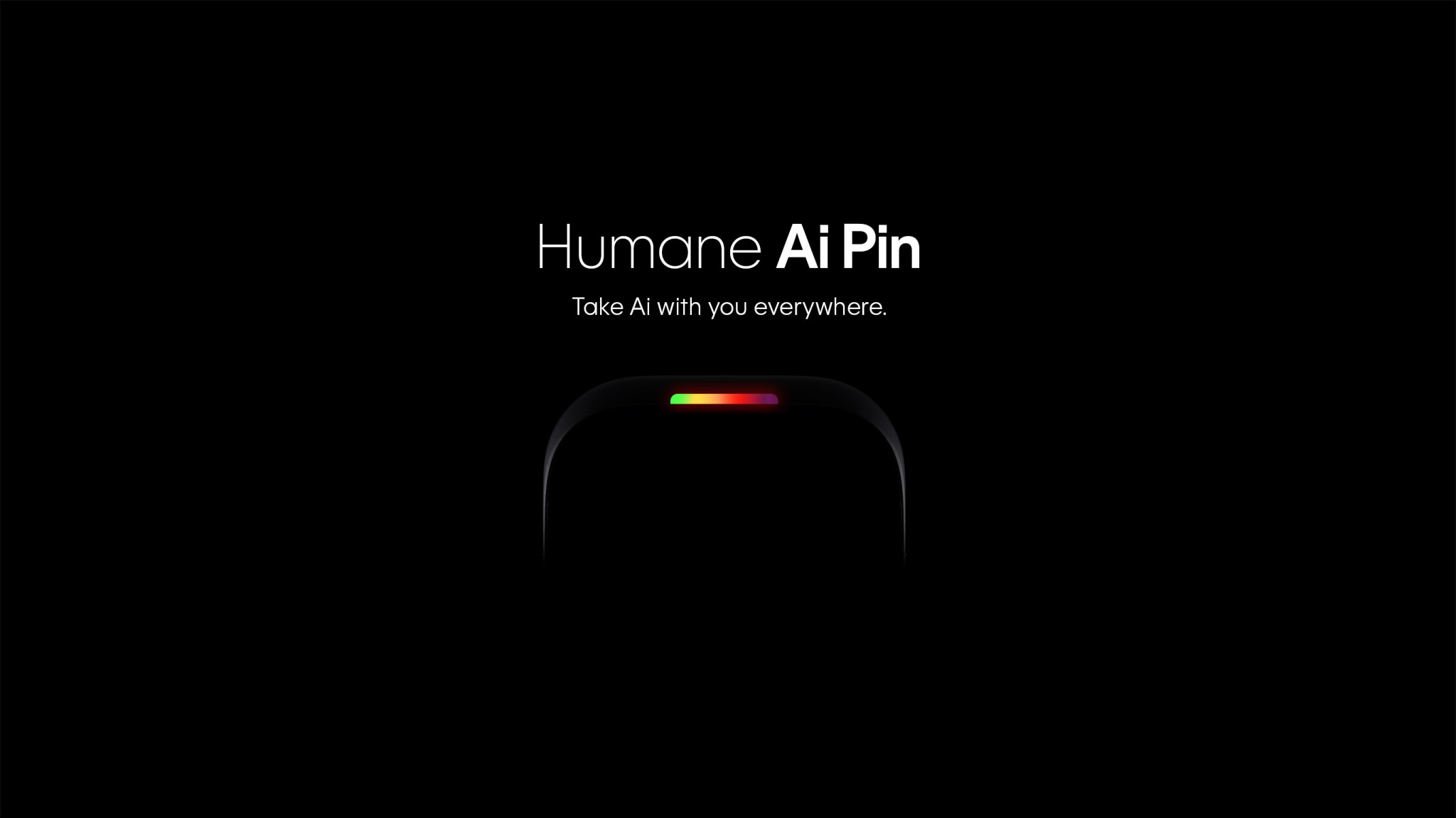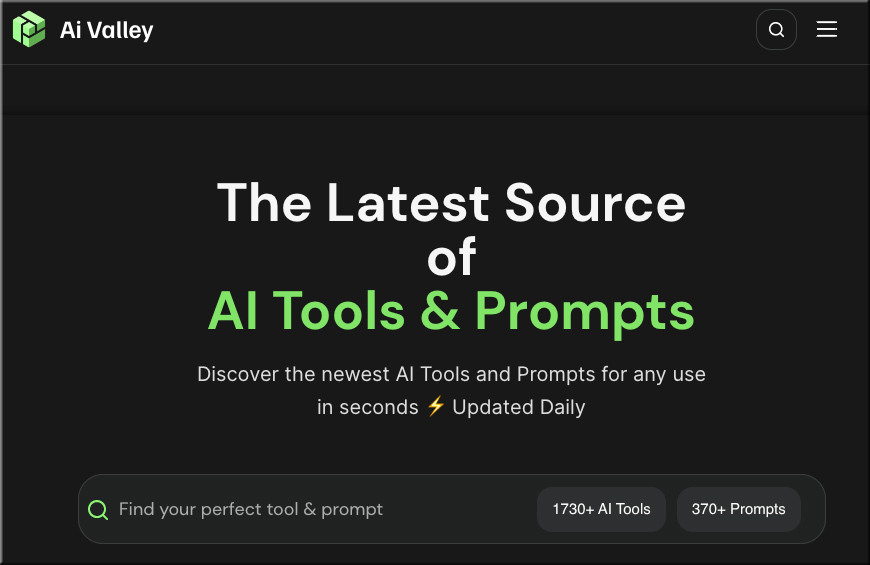The Ultimate Tier List Of Digital Health Technologies — from medicalfuturist.com by Andrea Koncz
Dr Mesko ranked 24 digital health technologies to create the ultimate tier list of digital health devices
Send in another victim of industrial disease — from jordanfurlong.substack.com
The legal profession is drowning in psychological and emotional distress. One change, right now, could help save the next generation of lawyers from the flood.
Excerpt:
But don’t make the mistake of thinking this is a problem just at Paul Hastings or in the AmLaw 100. It’s everywhere. Mental distress and emotional anguish are endemic throughout the legal profession, driven by pathologies inextricably intertwined with our malignant cultural impulses and exploitative business models. And it’s getting much worse, very fast.
Take a deep breath, and then work your way through this list of findings from seven separate reports into the legal profession’s state of mental and emotional sickness:
- Massachusetts: 77% of lawyers reported burnout from their work; almost half thought about leaving their job. 40% considered leaving the profession entirely due to stress. 7% experienced suicide ideation in the weeks before the survey.
- California and DC: Lawyers were twice as likely as the general population to experience thoughts of suicide, and those with high stress were 22 times more likely to have such thoughts.
- Midsized law firms: Nearly 3/4 of lawyers, paralegals and administrative professionals at midsized law firms report feeling stress, burnout, or being overwhelmed in the past year.
- Canada: 59% of legal professionals report psychological distress. 56% report burnout. 24% say they’ve experienced suicidal thoughts at least once since starting practice.
- UK: 62% of lawyers have experienced burnout as a result of their work in the last year. 57% put “an unmanageable caseload” at the top of their list of stressors at work, followed by a lack of work/life balance (42%).
- In-house counsel: Legal department lawyers face burnout and attrition internally, and supply chain issues and high inflation externally. “The environment legal departments are operating in now is an extremely challenging one.”
- Law students: Over 75% reported increased anxiety because of law school-related issues; over 50% reported experiencing depression. A majority reported experiencing anxiety (77%), disrupted sleep (71%), and depression (51%).
Every one of the percentages laid out above is higher for new lawyers, higher for women, higher for visible minorities, and higher for members of the LGBTQ+ community. And all but one of these reports were released just in the first two months of 2023.
From DSC:
One of the enormous surprises that I learned about while working at a law school (from 2018-2021) is the state of mental health within the legal industry. It’s not good. Beware!
Students in college — or to anyone who is thinking about entering law school and then practicing some area of law — get educated on things. Talk to lawyers of all kinds — especially in the area(s) that you are thinking of going into.
Then go forward into your decision with your eyes wide open. Know that you will need to put up some serious boundaries; if you don’t do that, you too may suffer the consequences that many lawyers have had to deal with.
I caught up with an old college friend of mine a year or so ago. He was absolutely exhausted. He was emotionally at the end of his rope. He was the owner of his own law firm and was working non-stop. He didn’t want to disappoint his clients, so he kept saying yes to things…to almost everything in fact. He later got out of owning his own firm — thank God — and went to work for an insurance company.
Furlong: Law school curricula and bar admission programs in every jurisdiction should be upgraded, starting today, to include significant instruction to aspiring lawyers about the deadly serious threats to their lives and health posed by choosing a legal career.
I just want to pass this along because I don’t think many younger students realize the state of mental health and stress within the legal field. And while you’re reflecting on that, you should also pulse-check how AI is impacting the legal field. Along these lines — and also from Jordan Furlong — see:
- In the post-AI legal world, what will lawyers do?
Legally trained generative AI will “free up” lawyers by taking away millions of hours of work. The profession’s future depends on what comes after that.
VR & robotics could be the future of medical training — from vrscout.com by Kyle Melnick
FundamentalVR is partnering with Haply Robotics to provide more realistic VR surgical simulations.

Also relevant/see:
“Hard Truths That Higher Education Has Evaded for Too Long” [Mintz] + several other HE-related items
Hard Truths That Higher Education Has Evaded for Too Long — from insidehighered.com by Steven Mintz
The brutal truths that institutions don’t want to acknowledge.
If we want to make higher education truly equitable and produce the learning outcomes that we claim to seek, then we must confront painful truths no matter how uncomfortable they make us.
Preaching to, and Challenging, the Liberal Arts Choir — from insidehighered.com by Doug Lederman
In a conversation with presidents of small private colleges, tech company executives praise graduates’ leadership and critical thinking ability but say they need to develop skills for a first job, too.
Excerpt:
In that more competitive landscape, Ferrick and others said, colleges should think in terms of “both-and”—delivering a four-year degree grounded in the liberal arts that remains the best preparation for a lifetime career, yes, but also building into their curricula more practical digital and other skills that can help graduates compete for a first job.
The Edge: Momentum Builds for ‘Credential as You Go’ — from chronicle.com by Goldie Blumenstyk
Excerpt:
A higher-ed credential system that’s ‘not all about degrees.’
Holly Zanville has a clear goal for the Credential as You Go initiative she co-leads: Shift the entire “degree-centric” model of postsecondary education to make it easier for people to develop skills and knowledge in shorter chunks while recognizing “meaningful learning along the way.”
Whatever you think of its prospects, you can hardly fault the effort for a lack of ambition.
Ideally, students will layer incremental credentials over a lifetime of learning.
Goldie Blumenstyk
Issue #11: Navigating the credential maze — from theview.substack.com by Gordon Macrae
Running to stand still.
Excerpt:
The credentials market for degree and non-degree programs is… complex.
A recent report from the non-profit Credential Engine identified 1,076,358 different credentials – from specialized certificates to bachelor’s degrees to PhDs.
Credential Engine started producing these reports in 2018. Back then there were “just” 334,114 credentials. In the last four years, the number of certifications has more than trebled. And from 2021 to 2022, there’s been a 38% increase in providers issuing certificates.
.
When you eyeball the largest higher ed institutions by enrollment comparing 2012 to today, it’s pretty clear that online degrees have driven – essentially – ALL of the growth.
Brandon Busteed commenting on Phil Hill’s posting (also listed below)
.
Fall 2021 Largest Institutions by Total Enrollment and DE Type — from philonedtech.com by Phil Hill
Excerpt:
Based on reader request after yesterday’s post, I’d like to share another view of largest US higher education institutions, this one ranked by total enrollment with color coding of distance education (DE) type. This chart combines undergrad and grad student enrollments.
Mental Health Is the Top Student Stressor — from insidehighered.com by Johanna Alonso
Excerpt:
Fifty percent of college students cited their own mental health struggles as their top stressor going into 2023, according to a survey of 1,200 students nationwide conducted by the virtual health services provider TimelyMD. Thirty-nine percent of respondents said they were most concerned about their personal finances, and 37 percent named academics, while mass shootings and inflation were each cited by 35 percent.






















